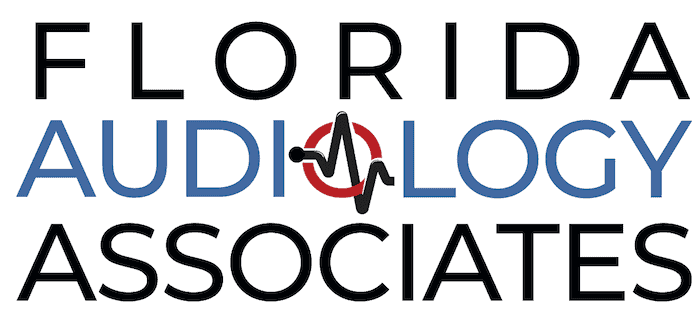Hearing aids are remarkable devices that empower individuals with hearing loss to reconnect with the world of sound. They are essential tools in enhancing auditory experiences and increasing quality of life. But how long do hearing aids last? From technological advancements to proper care, various factors influence how long hearing aids last and when it might be time for an upgrade.
The Evolution of Hearing Aid Technology
Over the years, hearing aid technology has gone through significant advancements. Earlier models were often susceptible to issues like feedback and limited sound customization. Modern hearing aids, however, have overcome these challenges, offering users sleek designs, advanced features, and improved durability.
Typical Lifespan of Hearing Aids
On average, hearing aids have a lifespan ranging from three to seven years. This estimate varies based on several factors, including the following:
- Technological Advances: Rapid developments in technology mean that newer models often come equipped with enhanced features, improved sound quality, and better connectivity. Individuals who prioritize having the latest technology may choose to upgrade their hearing aids more frequently.
- Maintenance and Care: Proper care significantly influences the longevity of hearing aids. Regular cleaning, proper storage, and timely maintenance contribute to optimal performance. Conversely, neglecting these aspects can lead to malfunctions and a shortened lifespan.
- Individual Usage Patterns: The frequency and intensity of use play a role in determining how long hearing aids last. Someone who wears their hearing aids daily for extended periods may experience a shorter lifespan compared to a user who wears them less frequently.
- Environmental Factors: The environment in which hearing aids are used can impact their lifespan. Exposure to moisture, heat, or extreme cold can contribute to wear and tear. Hearing aids should be kept away from humid environments, and users should avoid wearing them while swimming or in the shower.
- Quality of Components: The quality of materials and components used in the manufacturing of hearing aids influences their durability. Higher-end models often feature sturdier materials, advanced coatings for moisture resistance, and robust internal components.
Signs It’s Time for an Upgrade
While hearing aids are built to last, there are indicators that it might be time for an upgrade:
- Decreased Performance: If you notice a decline in the performance of your hearing aids, such as distorted sound, reduced clarity, or issues with volume control, it could be a sign that the internal components are degrading.
- Changes in Your Hearing: As hearing loss is dynamic and can change over time, the settings of your current hearing aids may no longer align with your hearing needs. Periodic hearing assessments can help determine if adjustments or a new set of hearing aids are necessary.
- Outdated Technology: If your hearing aids lack features that have become standard in newer models, such as Bluetooth connectivity, directional microphones, or rechargeable batteries, upgrading can provide access to these advancements.
- Physical Wear and Tear: Visible signs of wear, such as cracks, damaged tubing, or worn-out ear molds, can compromise the functionality of hearing aids. In such cases, repairs may be possible, but it’s essential to assess whether an upgrade is more cost-effective.
- Battery Issues: For users with traditional battery-operated hearing aids, frequent battery changes and declining battery performance may signal the need for an upgrade to rechargeable models.
Prolonging the Lifespan of Hearing Aids
While the average lifespan of hearing aids provides a general guideline, users can take proactive steps to extend their devices’ longevity:
- Regular Maintenance: Clean your hearing aids daily, replace wax guards as needed, and schedule routine professional cleanings to prevent debris buildup.
- Moisture Control: Invest in a hearing aid dehumidifier to remove moisture, especially if you live in a humid climate. Moisture is a common cause of malfunctions.
- Handle with Care: Avoid dropping your hearing aids, and be mindful of where you place them when not in use. A protective case can provide an extra layer of safeguarding.
- Professional Check-ups: Schedule regular check-ups with your audiologist to ensure your hearing aids are functioning optimally. Professional inspections can catch potential issues before they escalate.
Consult Us About Your Hearing Aids
Understanding the lifespan of hearing aids is essential for users to make informed decisions about their devices. If you have any questions about your devices, visit us for ongoing support.

